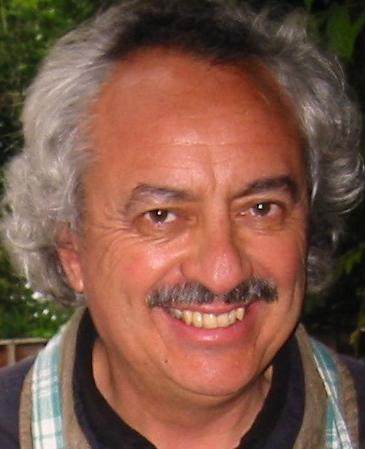
Named after its originator, David Grove, this is a very interesting and complex way of working with client generated metaphors to firstly find, then undo deeply repressed traumatic memories.
There are two basic and quite unique patterns from Grovian Metaphor Therapy which are of great help to Sanctuary processes.
|
|
1. Grove Metaphor Therapy Metaphor Elicitation
The first is Grove Metaphor Therapy's simple and straightforward elicitation of metaphor from a feeling, problem, blockage, illness or sensation which is easy to do and proceeds like this:
- "If this x (pain, problem, feeling, challenge, limitation, blockage) had a colour, what would it be?"
- "If this x had a shape, what shape would it be?"
To clarify the image, the first two attributes are now repeated:
- "So it is blue, and triangular, and ..." then we ask about the next attribute, such as weight, size, or location if appropriate.*
(*At this point, you can also enquire as to if x had an emotional component, what would it be? if you are working with EFT et al).
If a metaphorical description has still not been found and you still only have a blue, triangular, huge, dense and heavy *something*, you use the repeating of the attributes as before but this time, add the question, "And what else can you tell me about it?" which tends to elicit more and more information until eventually a metaphor appears: "Well it's like, stuck in the ground, and huge, like a really big sword made of blue steel ..."
As PS interventions can take things from there, the rest of the complex process is not applicable for duplication here; for serious students of therapeutic metaphor, this is a very interesting and ideosyncratic process I would recommend.
Now to the second and even more useful aspect of Grovian Metaphor Therapy which revolves around the moving forward in time of "stuck" metaphorical or even real situations by simply asking the question:
2. "And What Happens Next?"
This is profoundly simple yet also profoundly useful with any stuck situation, even with situations that seem to involve absolute endings, such as a character's death. Pushing it on with "And what happens next?" (and even what happens next is worm fodder and decomposition) EVOLVES the problem beyond the fearful states EVENTUALLY if you force enough time to pass.
What happens next? after the worm fodder stage? The body becomes one with the earth and dissolves. What happens next? Parts of it are absorbed by other life forms and are integrated into their living systems and if you wish, you can take this to the end of time and back again, which entirely changes the perception of the original event by taking it beyond a threshold state which *seemed to be the end*.
|